Loving Your Skin: Building Your Skincare Routine for a Healthy Glow

Stay tuned to our latest news
Your skin is the largest organ of your body and it deserves your love and care. A healthy and glowing skin can boost your confidence, enhance your beauty, and protect you from environmental stressors. But how do you achieve that radiant complexion without spending a fortune on expensive products or treatments? The answer is simple: follow a skincare routine that suits your skin type, needs, and goals.
A skincare routine is a set of steps that you follow every day to cleanse, hydrate, treat, and protect your skin. It can vary depending on your skin condition, preferences, and budget, but there are some basic principles that apply to everyone. In this article, we will guide you through the essential steps of a skincare routine for a healthy glow.
The Importance of Taking Care of Your Skin

Taking care of your skin is essential for maintaining a healthy and youthful appearance. Building a skincare routine that works for your specific needs is crucial in achieving these goals.
The first step in building your skincare routine is to understand your skin type and any specific concerns you may have. This will help you choose products and treatments that are most effective for your skin. Once you have an understanding of your skin type, you can begin to build a customized routine that includes the necessary steps for cleansing, treating, and moisturizing your skin.
Regularly investing time in caring for your skin can yield long-term benefits. Not only does an effective skincare routine help to maintain a healthy complexion, but it also helps to prevent the development of fine lines, wrinkles, and other signs of aging. Additionally, properly caring for your skin can help to prevent issues such as acne, dryness, and irritation.
In order to build an effective skincare routine, it is important to research and invest in high-quality products that are suited for your skin type and concerns. Additionally, consistency is key in seeing results. By maintaining a regular skincare routine, you can better manage and improve the overall health and appearance of your skin.
Identifying Skin Concerns

When it comes to skincare, one of the most important steps is to identify your skin concerns. Whether you are dealing with acne, dryness, wrinkles, or sensitivity, understanding your skin's unique needs will help you build a personalized skincare routine.
To start, take a close look at your skin and consider its current condition. Are you experiencing any redness, irritation, or breakouts? Do you notice any dry patches or overly oily areas? Pay attention to any changes in your skin, and make a note of any persistent issues.
It's also helpful to consider your skin type. Are you prone to dryness, or do you struggle with excess oil? Understanding your skin type will help you choose the right products for your routine.
Next, think about your skincare goals. Do you want to target specific concerns like fine lines and wrinkles, or are you more focused on achieving an overall healthy complexion? Identifying your goals will guide you in selecting the right ingredients and products for your routine.
Once you have a clear understanding of your skin concerns, type, and goals, you can start building your skincare routine. Look for products that address your specific issues, such as acne-fighting ingredients for blemish-prone skin or hydrating formulas for dry skin. Pay attention to the order in which you use your products, and incorporate them into your routine in a way that maximizes their effectiveness.
Skincare Routines for Healthy and Glowing Skin
A proper skincare routine is essential for achieving and maintaining healthy and glowing skin. It involves a combination of steps and products that cater to your skin's specific needs. If you're wondering how to build your skincare routine, we've got you covered.
Step 1: Cleanse

The first step of any skincare routine is to cleanse your skin from dirt, oil, makeup, and impurities that can clog your pores and dull your complexion. Cleansing your skin twice a day, in the morning and at night, can help prevent breakouts, infections, and inflammation. However, you should avoid over-cleansing or using harsh cleansers that can strip your skin of its natural oils and moisture. Instead, choose a gentle cleanser that matches your skin type and concerns. For example, if you have dry skin, you may want to use a creamy or oil-based cleanser that can nourish and hydrate your skin. If you have oily or acne-prone skin, you may want to use a foaming or gel-based cleanser that can remove excess sebum and bacteria. If you have sensitive skin, you may want to use a fragrance-free and hypoallergenic cleanser that can soothe and calm your skin.
Step 2: Tone

The second step of a skincare routine is to tone your skin with a product that helps balance your skin’s pH level, restore its moisture, and prepare it for the next steps. Toning your skin after cleansing can also remove any traces of dirt or makeup that your cleanser may have missed, and enhance the absorption and effectiveness of your other skincare products. However, you should avoid using toners that contain alcohol, artificial colors, or harsh ingredients that can irritate or dry out your skin. Instead, choose a toner that contains natural and beneficial ingredients for your skin, such as rose water, aloe vera, green tea, or witch hazel. These ingredients can hydrate, refresh, and soothe your skin, as well as provide antioxidants, anti-inflammatory, and antibacterial properties.
Step 3: Serum

The third step of a skincare routine is to apply a serum that contains a high concentration of active ingredients that target specific skin issues or goals. Serums are lightweight and fast-absorbing products that can penetrate deeper into your skin and deliver powerful results. Depending on your skin type and needs, you can choose a serum that can brighten, hydrate, firm, smooth, or repair your skin. For example, if you want to achieve a healthy glow, you may want to use a serum that contains vitamin C, niacinamide, or alpha hydroxy acids. These ingredients can boost your skin’s collagen production, fade dark spots and hyperpigmentation, and exfoliate dead skin cells, revealing a more radiant and even-toned complexion.
Step 4: Moisturize

The fourth step of a skincare routine is to moisturize your skin with a product that helps lock in the moisture and nutrients from your previous steps, and create a protective barrier against external aggressors. Moisturizing your skin daily can prevent dryness, flakiness, and premature aging, as well as improve your skin’s elasticity, texture, and appearance. However, you should avoid using moisturizers that are too heavy, greasy, or comedogenic for your skin type, as they can clog your pores and cause breakouts. Instead, choose a moisturizer that suits your skin type and season. For example, if you have dry skin, you may want to use a rich and creamy moisturizer that can replenish and nourish your skin. If you have oily or combination skin, you may want to use a light and gel-based moisturizer that can hydrate and mattify your skin. If you have normal skin, you may want to use a lotion or emulsion that can balance and maintain your skin’s moisture level.
Step 5: Protect

The fifth and final step of a skincare routine is to protect your skin from the sun’s harmful rays, which can cause sunburn, wrinkles, sagging, and skin cancer. Protecting your skin from the sun can also prevent the formation of dark spots, freckles, and uneven skin tone, which can diminish your skin’s glow. Therefore, you should apply a sunscreen with at least SPF 30 every day, regardless of the weather or season. You should also reapply your sunscreen every two hours or after sweating, swimming, or towel-drying. However, you should avoid using sunscreens that contain chemical filters, such as oxybenzone, octinoxate, or avobenzone, which can penetrate your skin and cause allergic reactions or hormonal disruptions. Instead, choose a sunscreen that contains physical filters, such as zinc oxide or titanium dioxide, which can reflect the sun’s rays and provide broad-spectrum protection.
Bonus Step: An Eye Massage
@funnygal.ikyl #renphoeyemassager #renphoeyeris1 #sponsored #fyp #foryoupage #foryourpage #relaxingvideos #lovematters💙 #renphorelax #tiktokshop ♬ original sound - 5Star & MiniMe & Omi
If you want to pamper your eyes and enhance your skin’s glow, you can add an eye massage to your skincare routine. An eye massage can help you relax, reduce eye strain, improve blood circulation, and prevent signs of aging around the eye area. You can use an eye massager device, such as the RENPHO Eyeris 1 or Eyeris 3, which can provide a soothing and stimulating massage with vibration, air compression, and heat. You can use your eye massager after applying your serum and before applying your moisturizer, for about 10 to 15 minutes per session, once or twice a day. Make sure to clean your eye massager regularly to keep it hygienic and safe. By giving your eyes some extra love and care, you can enjoy a healthy and glowing complexion.
Renpho Health Tips
-
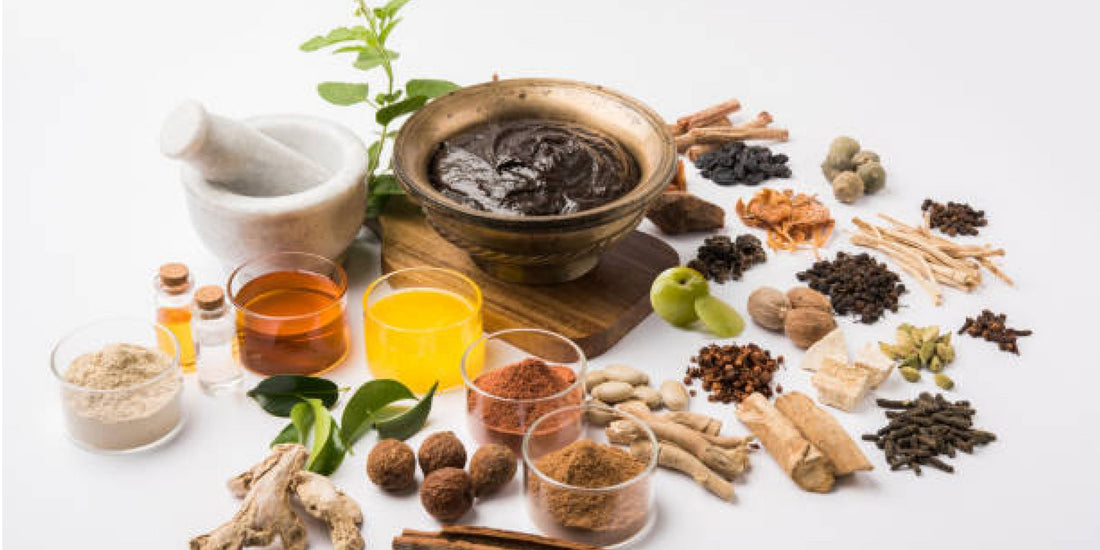
Ayurvedic Self-Care: Embracing Ancient Practices for Well-being
February 20, 2024
Read more >
-
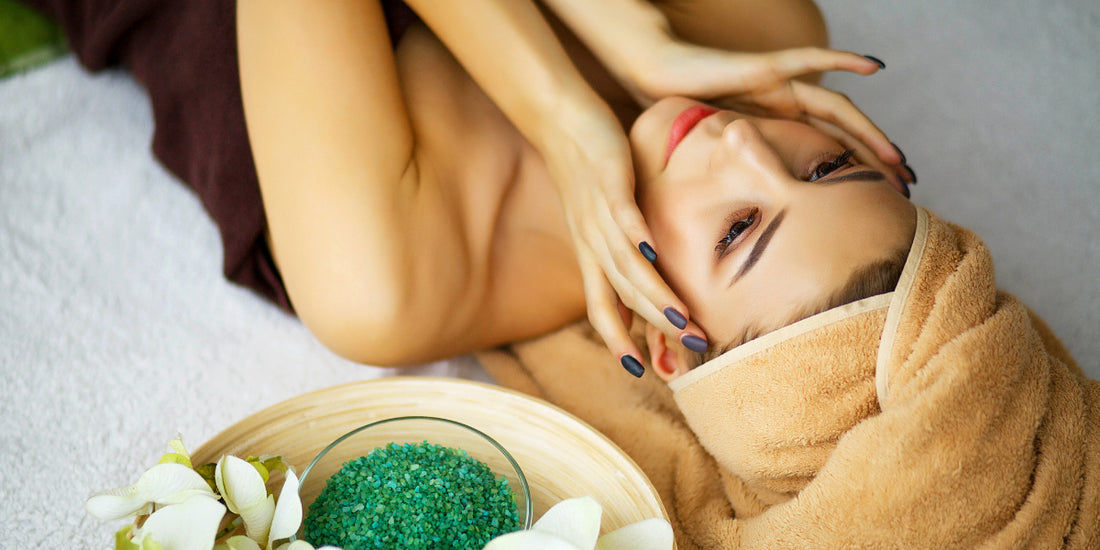
5 Anti-Aging Benefits of Facial Massage for Women Over 40
April 4, 2023
Read more >
-
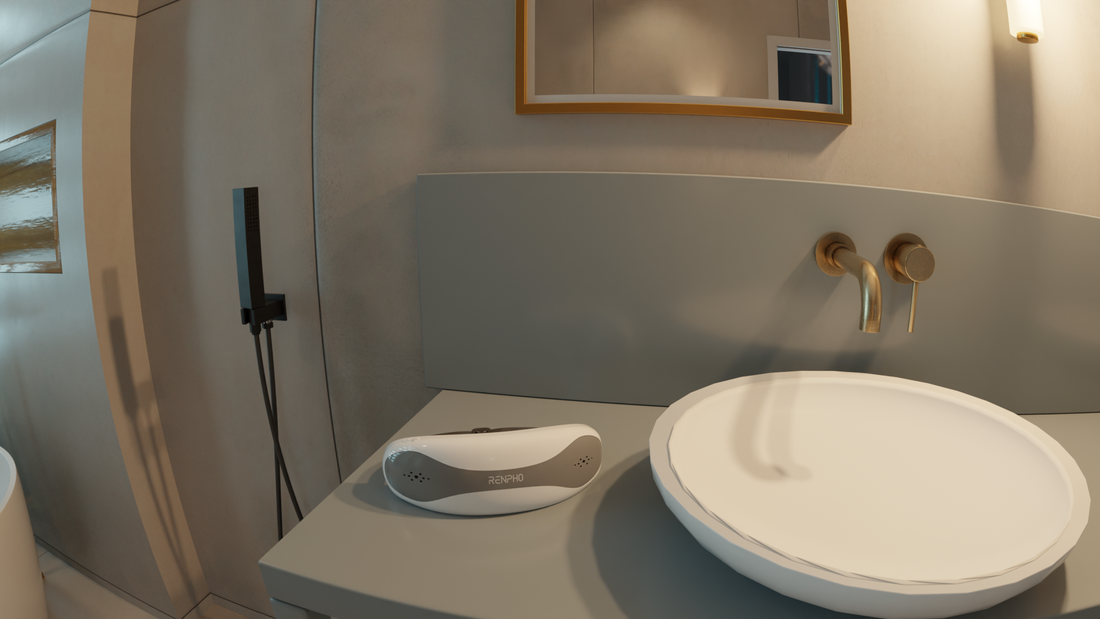
Pros and Cons of Using an Eye Mask Before or After Shower
February 1, 2024
Read more >
-
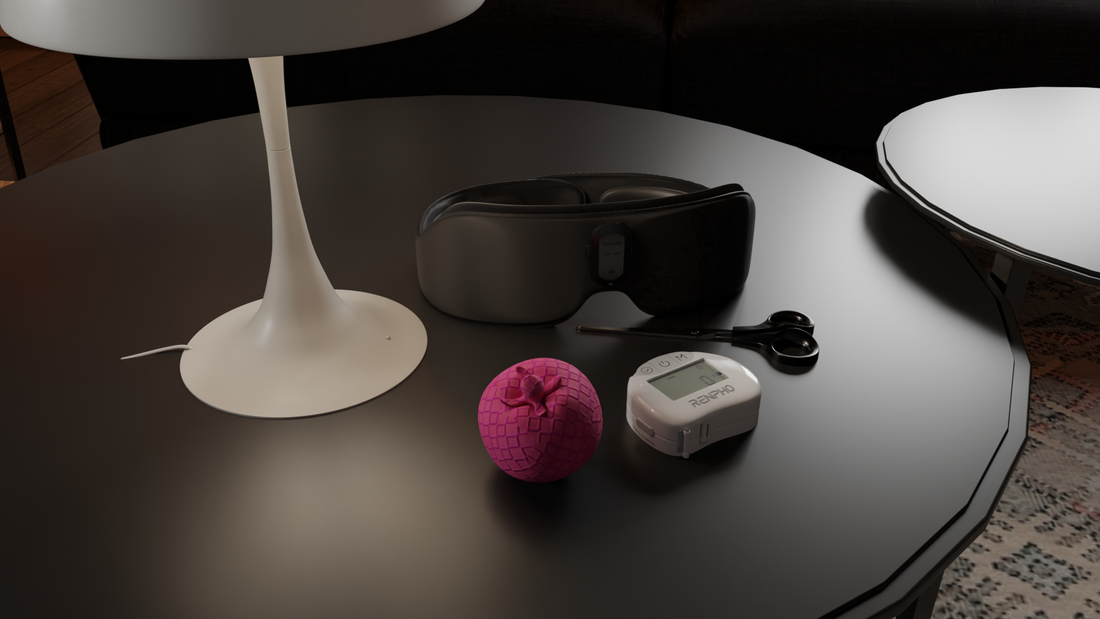
DIY Sleep Solutions: How to Make a Sleep Mask for a Good Night's Sleep
February 8, 2024
Read more >
-
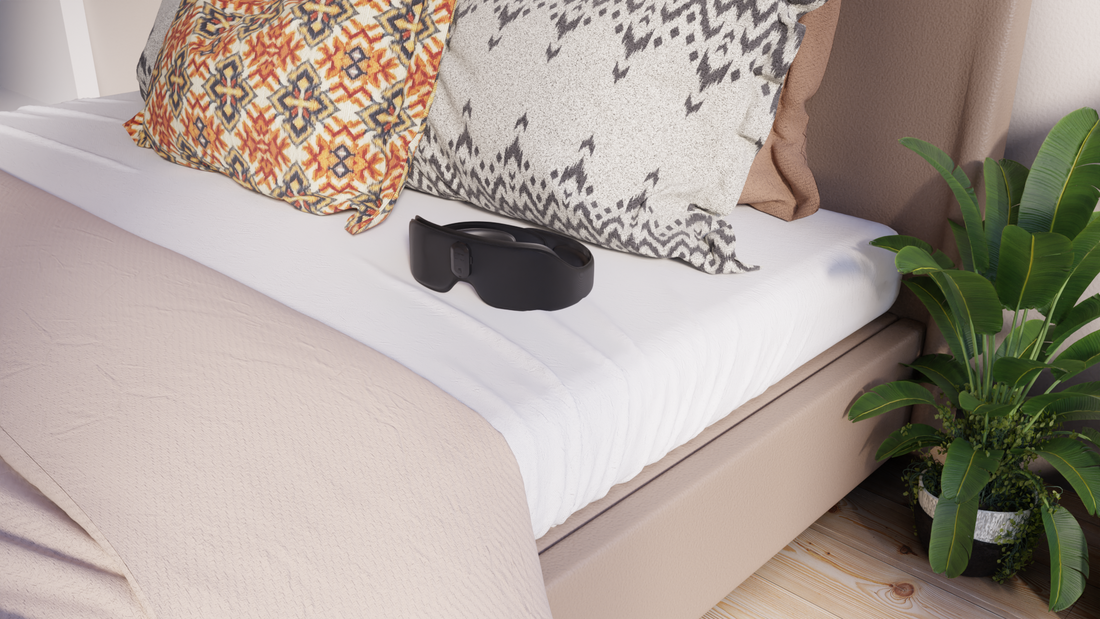
How Eye Masks Can Help You Reduce Puffiness
January 29, 2024
Read more >





